Art Basel Hong Kong recalibrates with a digital-only edition
Following the cancellation of its Hong Kong fair, Art Basel has bounced back with Online Viewing Rooms, where Asian art takes centre stage
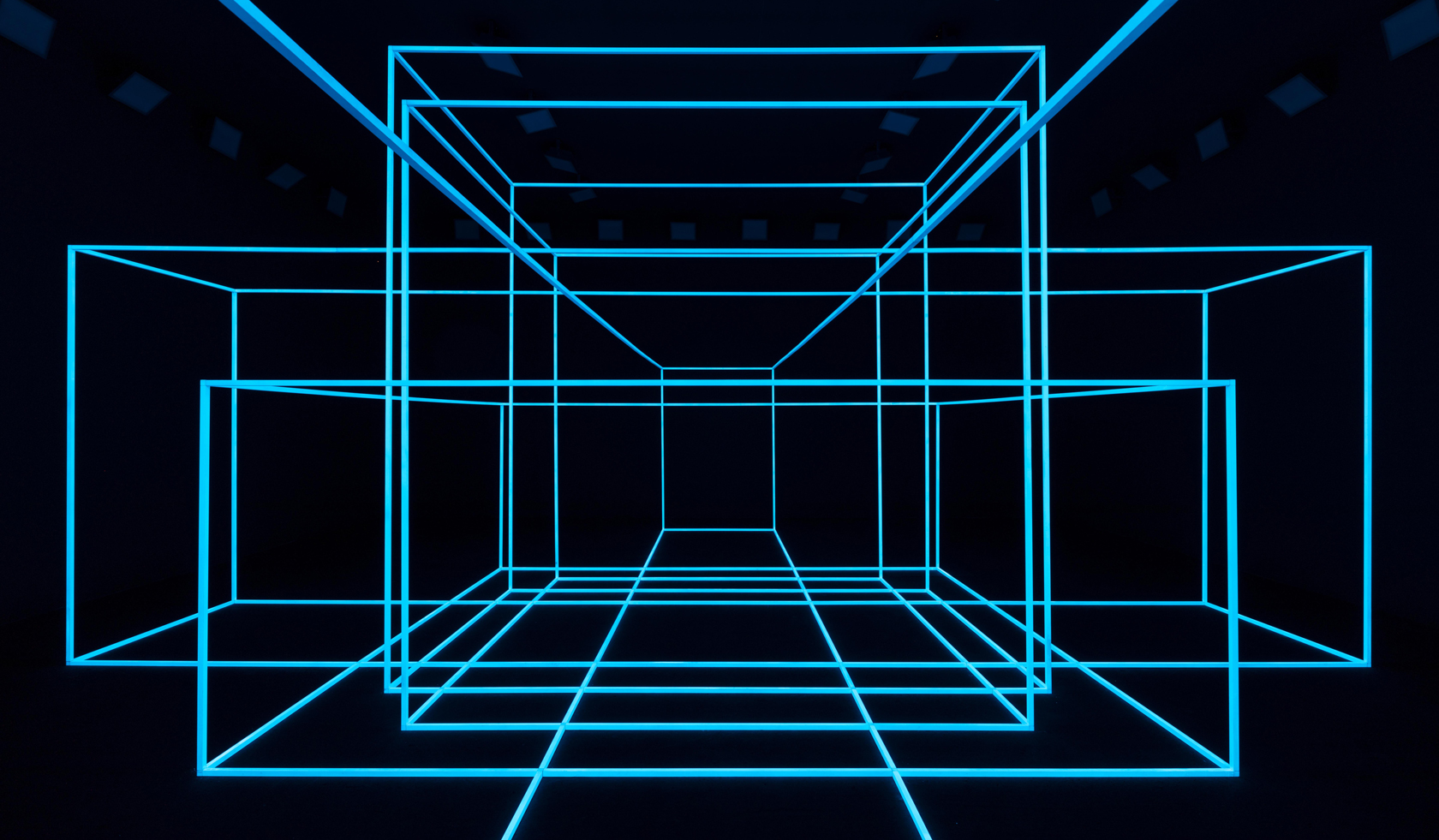
There’s much talk in the art world about the untapped potential of virtual gallery viewings, online curator’s tours and digitally driven sales, and, propelled by world events, Art Basel Hong Kong is putting them to test.
This year’s edition, from 20-25 March is an online-only event, with 234 galleries from 31 countries displaying works through virtual viewing rooms.
More than 90 per cent of exhibitors from the cancelled Hong Kong fair decided to take part in this experimental iteration, and since more than half of these have exhibition spaces in Asia, art from the region was an obvious highlight.
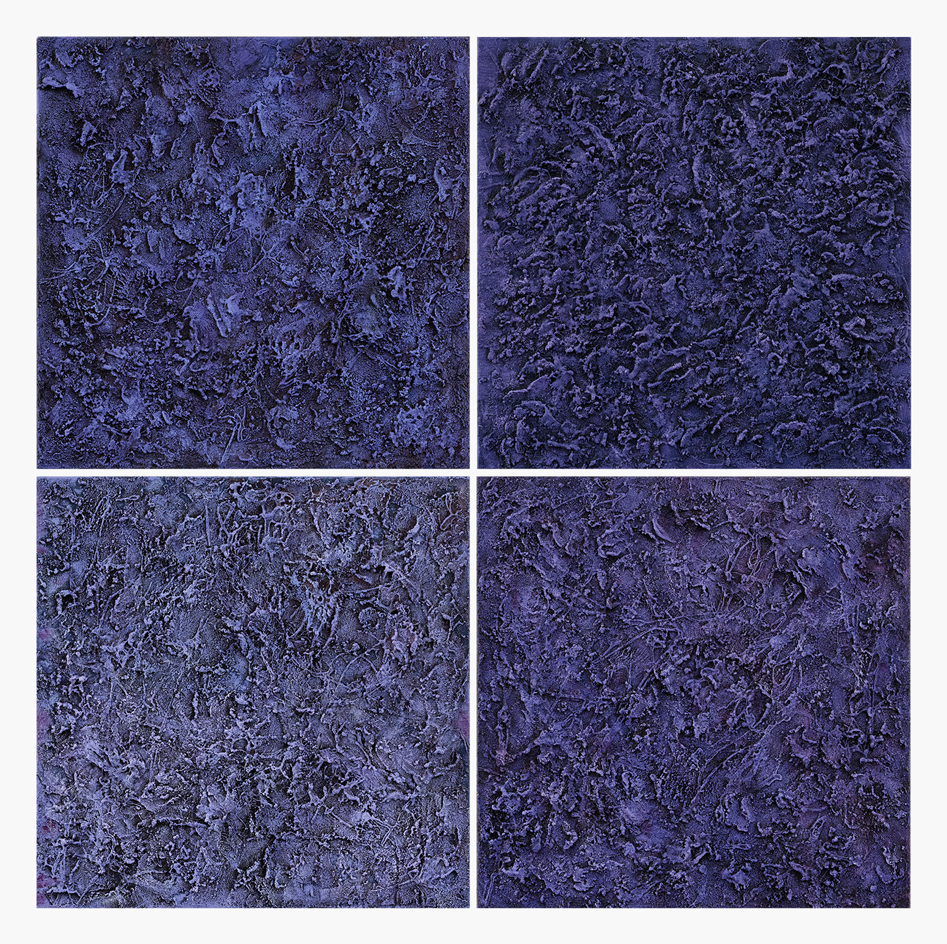
Chiang Yomei, Delos X.
Lisson Gallery collaborated with Antenna Space from Shanghai, Beijing’s Boers-Li Gallery, Singapore’s STPI and Taipei’s Tina Keng Galleries and TKG+ to provide a VIP virtual walkthrough of their booths. Each gallery gave a ten-minute presentation to an online audience of hundreds, providing descriptions of its artists and insights into their methods. Up to ten works can be displayed per booth and unlike a real-time fair, these come with a title and a price tag.
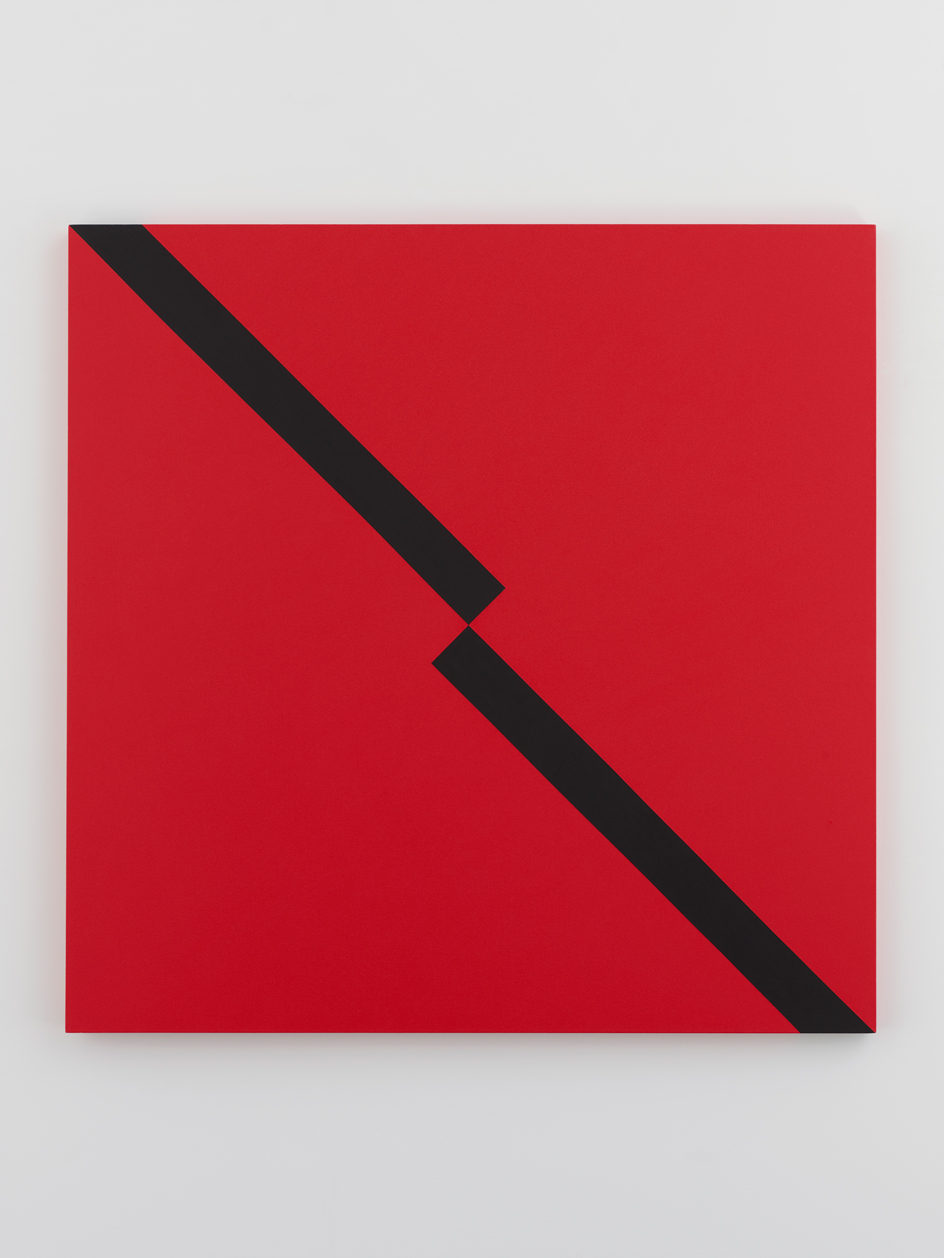
Carmen Herrera, Camino Negro, 2017. Acrylic on canvas, 152.4 x 152.4 cm, 60 x 60 in.
Technical hitches aside (and there were a few), David Tung, Director of Lisson Gallery Shanghai who master-planned the virtual walkthrough, reveals other challenges; ‘You lose texture and feeling online, so we selected works differently to try and replicate this.’ Among Lisson’s heavy-hitting pick were Julian Opie, Ai Weiwei, Cory Arcangel and Carmen Herrera, whose Camino Negro sold at the preview for 850,000 USD. Lisson’s Alex Logsdail explains, ‘While a viewing platform is not a substitute for the pace and interaction of a fair, business is still active and we have made sales in parallel to the fair this week.’
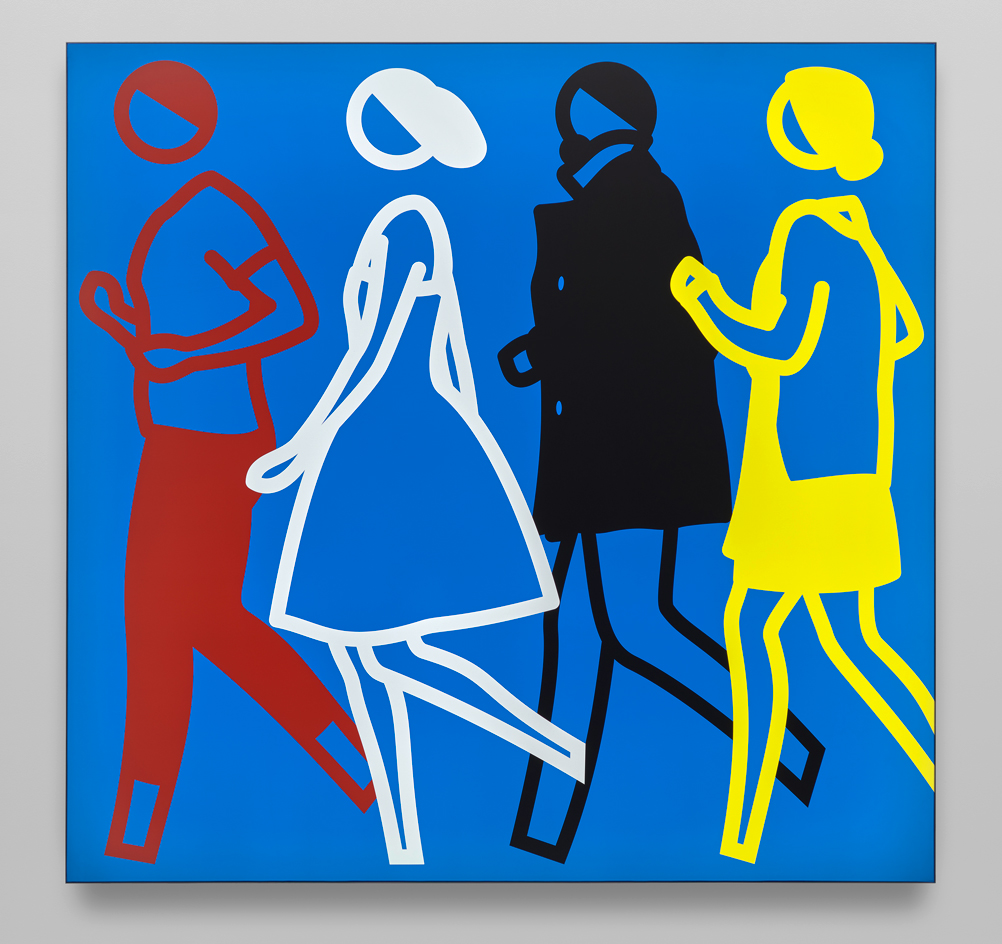
Julian Opie, Sam Amelia Jeremy Teresa, 2019. Aluminium, nylon and lights, 290 x 300 x 12 cm, 114 1/8 x 118 x 4 5/8 in.
STPI director Rita Targui adds: ‘the online format provides an opportunity to be nimble. We can change works round with ease.’ Each day, two different artists are exhibited at its booth, accompanied by images of the works in progress, (adding narrative that might well be lost in the traditional fair setting). All the works on show have been made in STPI’s on-site paper mill. First up were Chinese artist Zeng Fanzhi and his Autumn Trees series and paper pulp pieces by British artist Jason Martin, while additional exhibitors include South Korean artists Do Ho Suh and Haegue Yang who incorporated ground spices purchased in Singapore markets into her canvases.
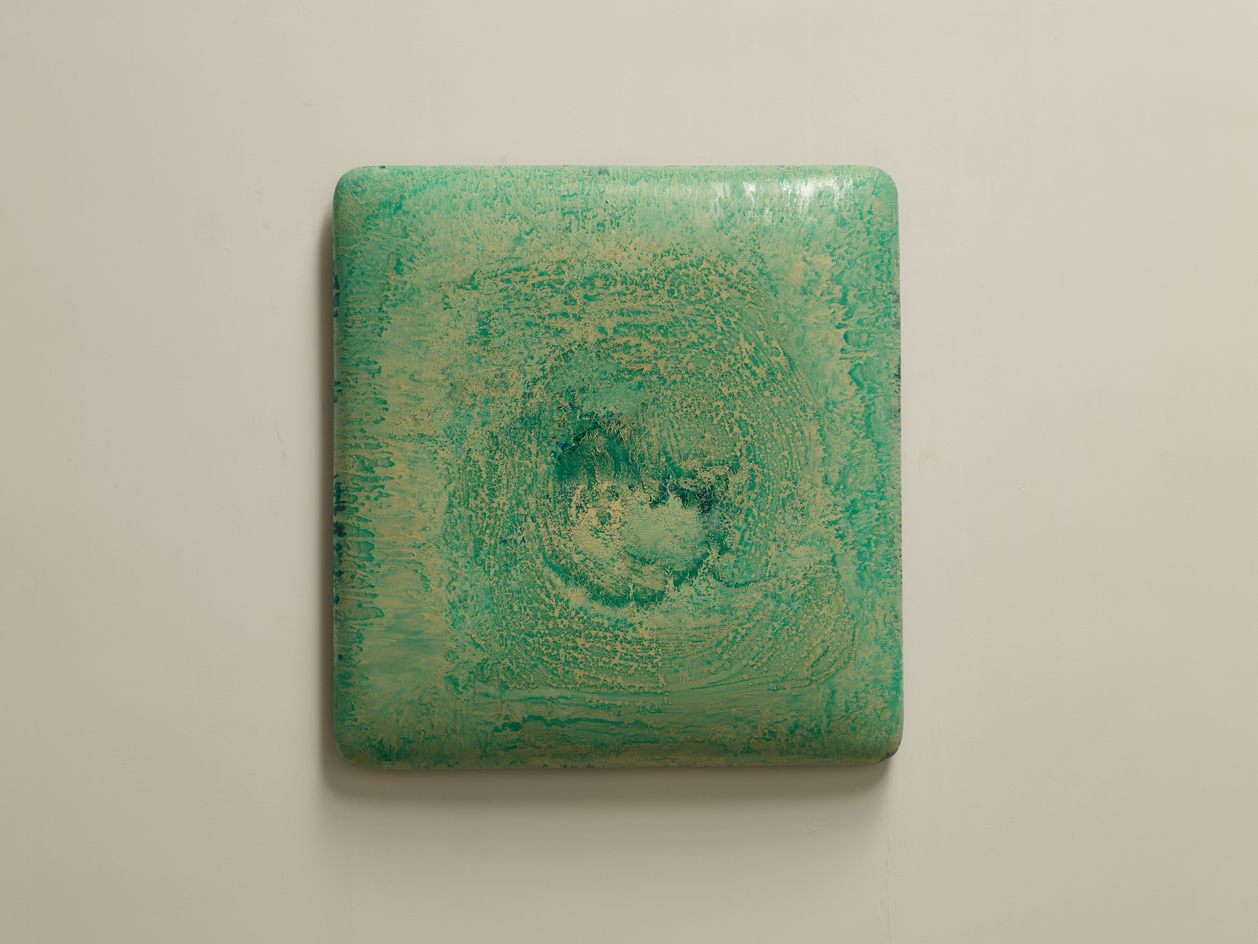
Su Xiaobai, Ripple.
Opie’s distinctive, reductive language may work well online, but other artists translate with less success; viewing Antony Gormley's Breathing Room II, an environment that uses phosphorous to conjure architecture as if from the air through Galeria Continua’s portal, or seeing James Turrell’s new circular glass work at OMR’s online gallery, leaves you feeling underwhelmed. You just wish you could be there.
Perhaps inadvertently, Heemin Chung, on show at P21 Gallery, sums up the reality of this year’s Art Basel. The Seoul-based artist explores the lack of tactile sensations – and our desire for them – in a modern world that is filled with virtual images. She strives to capture those senses that are overstimulated or deficient in the digital realm and portray them on canvas; direct touch, not digital media, provide true reality.
But who gets to touch big-ticket artworks anyway? Collectors often know what they want without having to see it at a fair, and a time when we need to reduce our carbon footprint, Art Basel’s virtual version may just be a trailblazer.
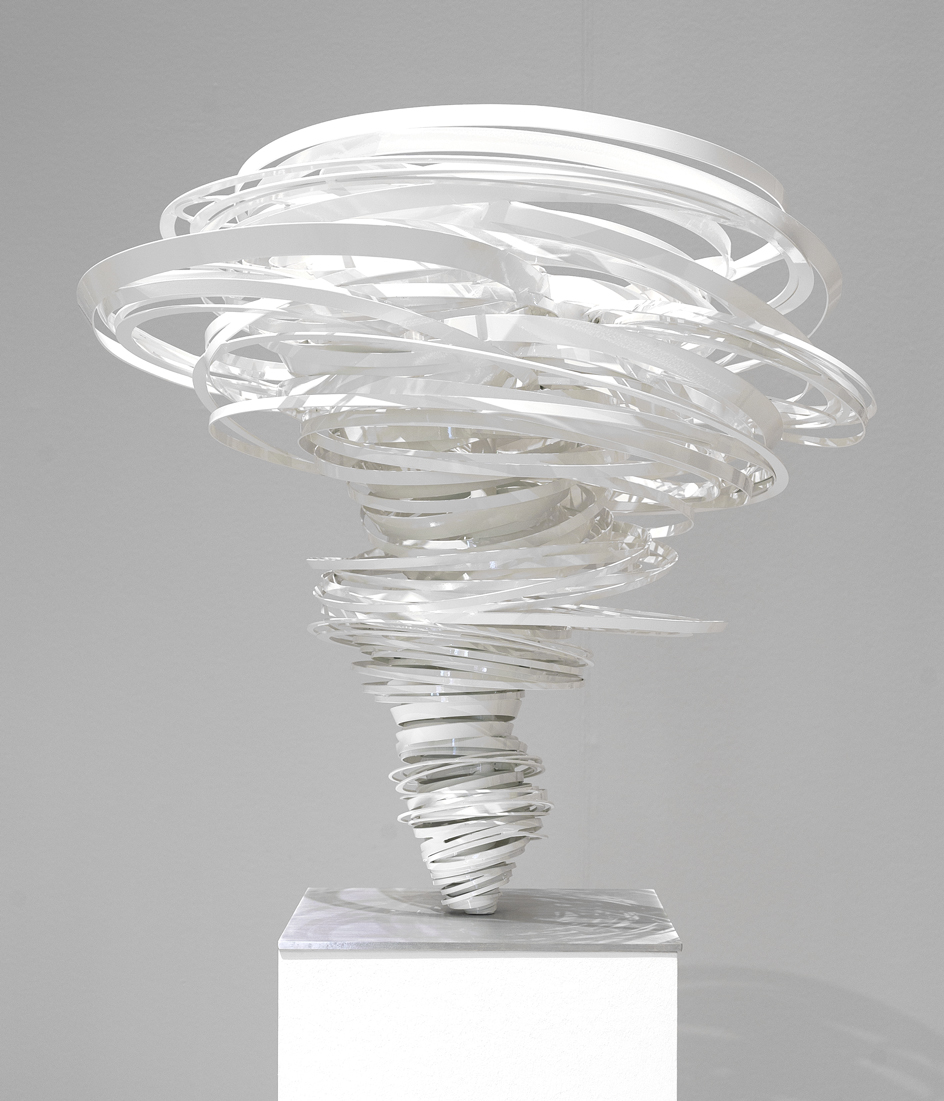
Alice Aycock, Twister Again, 2019. Powder coated aluminum white h 93.98 cm. Edition I/I (3). © Alice Aycock, 2000.
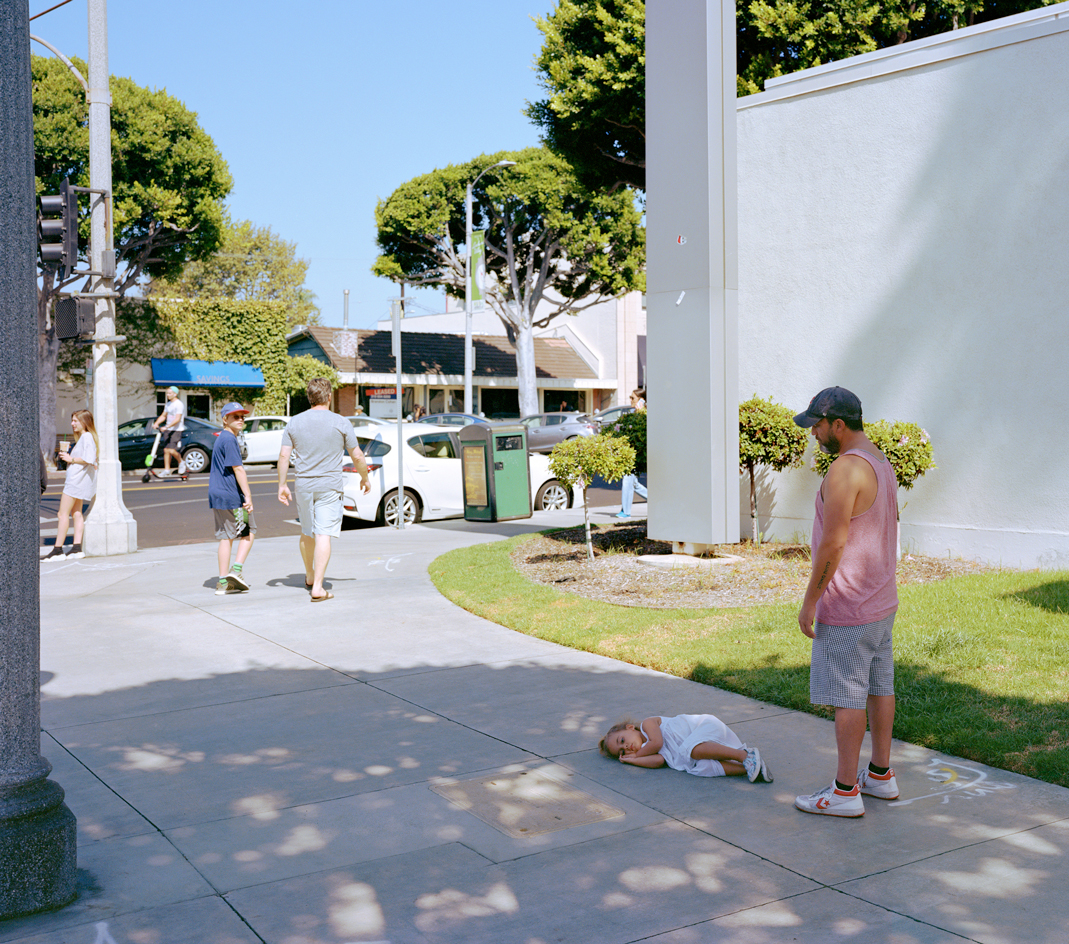
Jeff Wall, Parent Child, 2018. Inkjet print, 231 x 261.5 x 6.4 cm | 90 15/16 x 102 15/16 x 2 1/2 in.
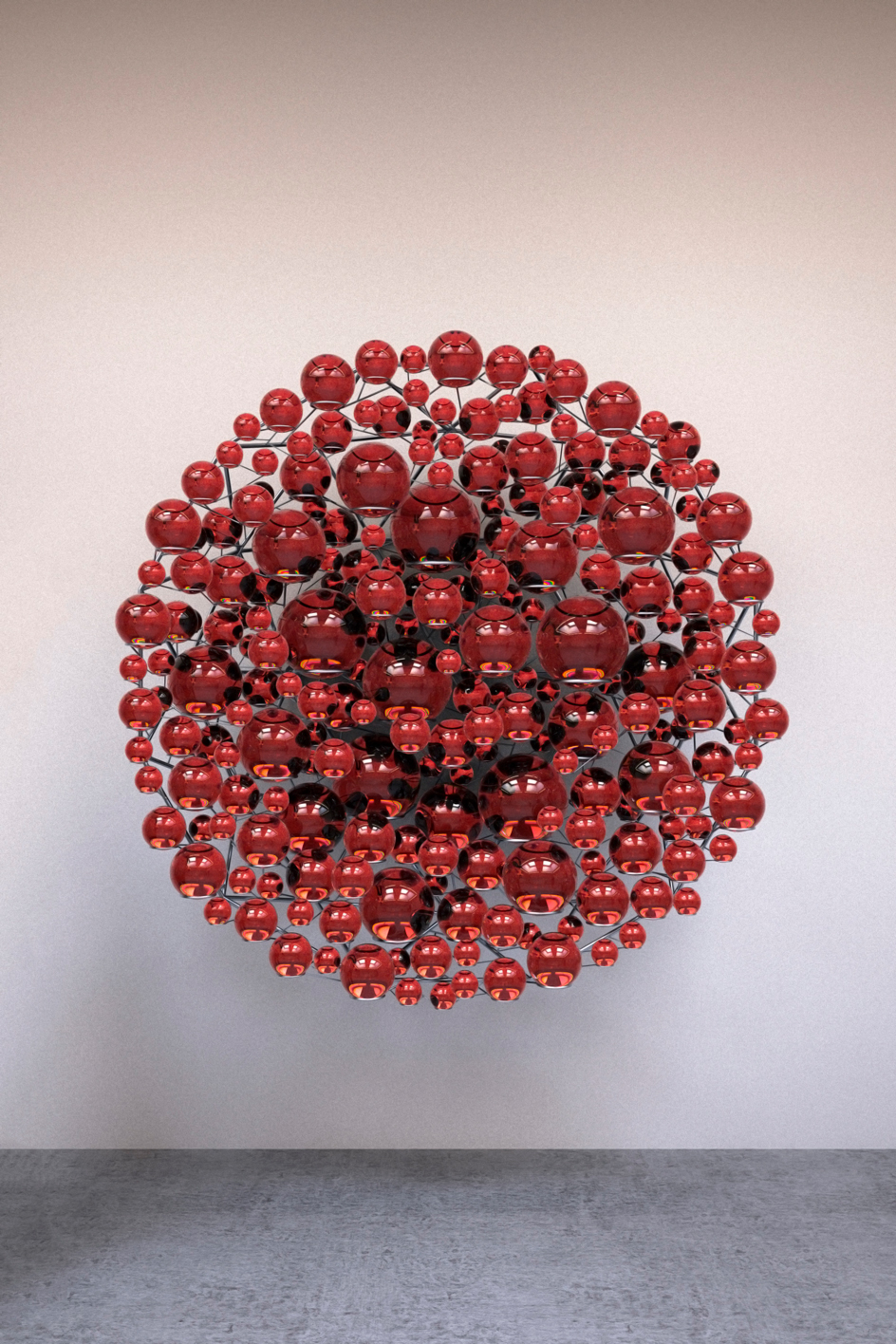
Olafur Eliasson, Your event horizon of knowing, 2020, partially silvered glass spheres, paint (red, black), stainless steel, 171 x 169 x 67,5 cm. Berlin
INFORMATION
Art Basel Online Viewing Rooms, 20-25 March. artbasel.com
Wallpaper* Newsletter
Receive our daily digest of inspiration, escapism and design stories from around the world direct to your inbox.
Emma O'Kelly is a freelance journalist and author based in London. Her books include Sauna: The Power of Deep Heat and she is currently working on a UK guide to wild saunas, due to be published in 2025.
-
 Nikos Koulis brings a cool wearability to high jewellery
Nikos Koulis brings a cool wearability to high jewelleryNikos Koulis experiments with unusual diamond cuts and modern materials in a new collection, ‘Wish’
By Hannah Silver
-
 A Xingfa cement factory’s reimagining breathes new life into an abandoned industrial site
A Xingfa cement factory’s reimagining breathes new life into an abandoned industrial siteWe tour the Xingfa cement factory in China, where a redesign by landscape specialist SWA Group completely transforms an old industrial site into a lush park
By Daven Wu
-
 Put these emerging artists on your radar
Put these emerging artists on your radarThis crop of six new talents is poised to shake up the art world. Get to know them now
By Tianna Williams
-
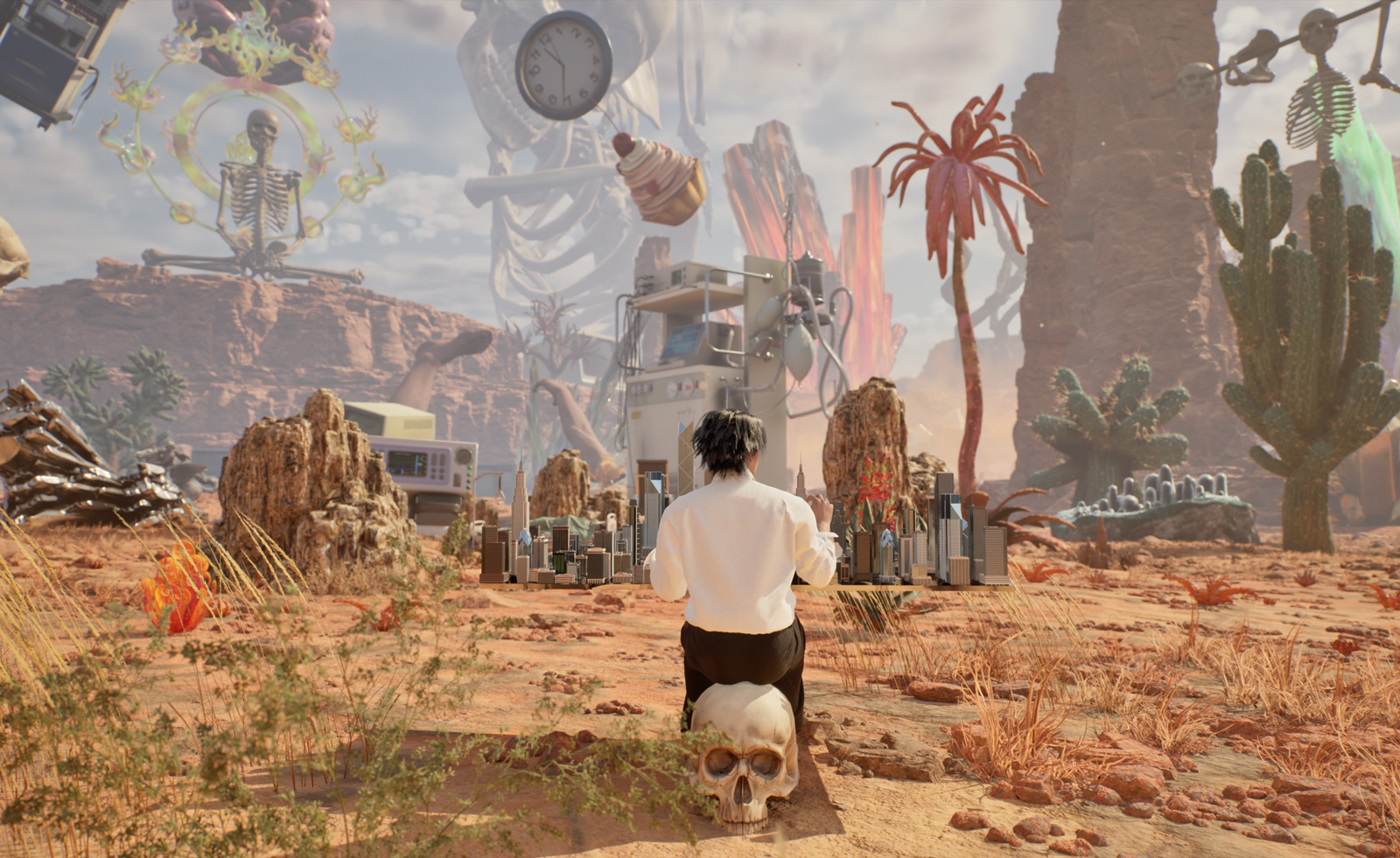 Don’t miss these five artists at Art Basel Hong Kong
Don’t miss these five artists at Art Basel Hong KongArt Basel Hong Kong – the glittering intersection of European curatorial expertise and Asia's money-fuelled art swagger – returns for its 2025 edition
By Daven Wu
-
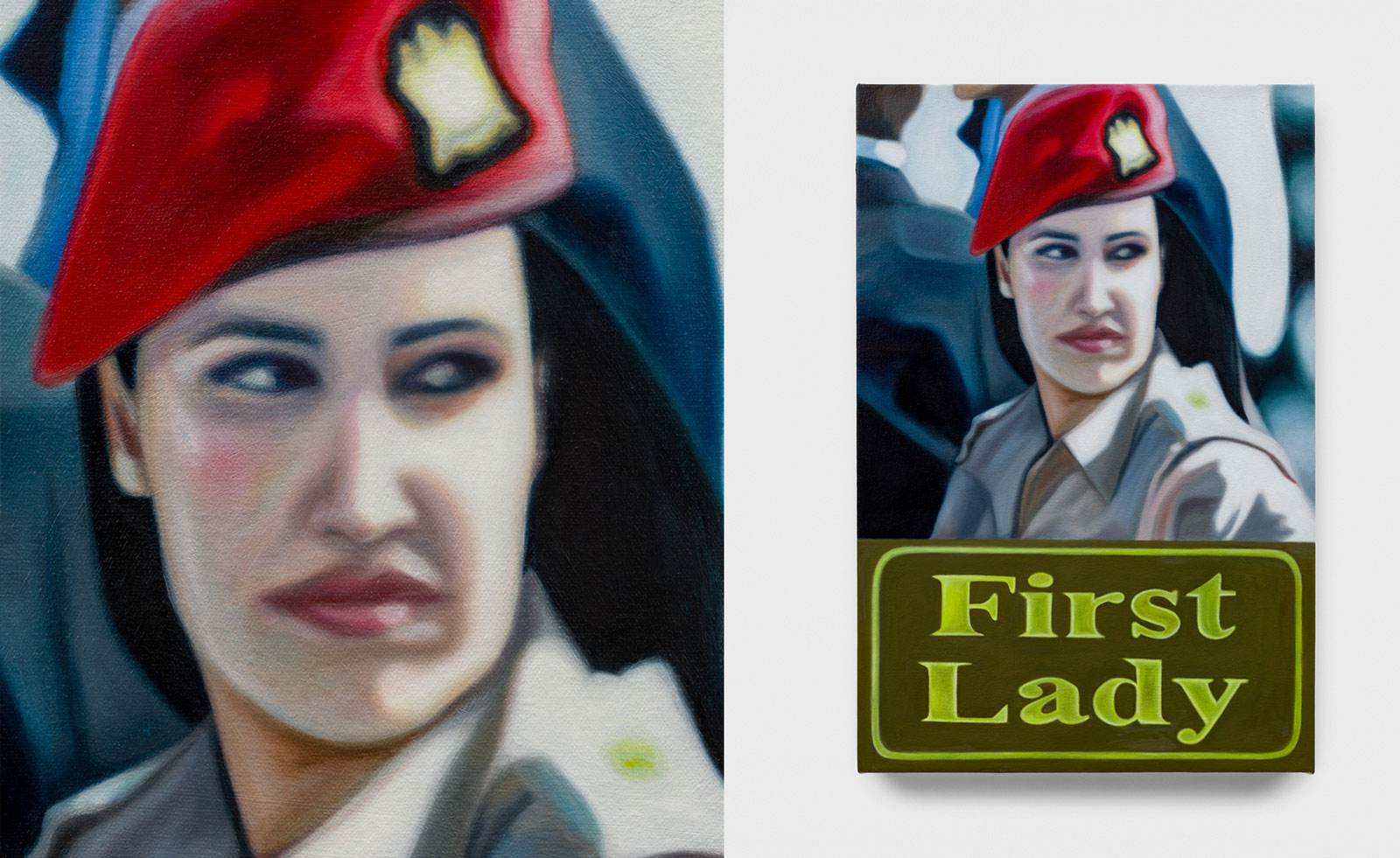 Tasneem Sarkez's heady mix of kitsch, Arabic and Americana hits London
Tasneem Sarkez's heady mix of kitsch, Arabic and Americana hits LondonArtist Tasneem Sarkez draws on an eclectic range of references for her debut solo show, 'White-Knuckle' at Rose Easton
By Zoe Whitfield
-
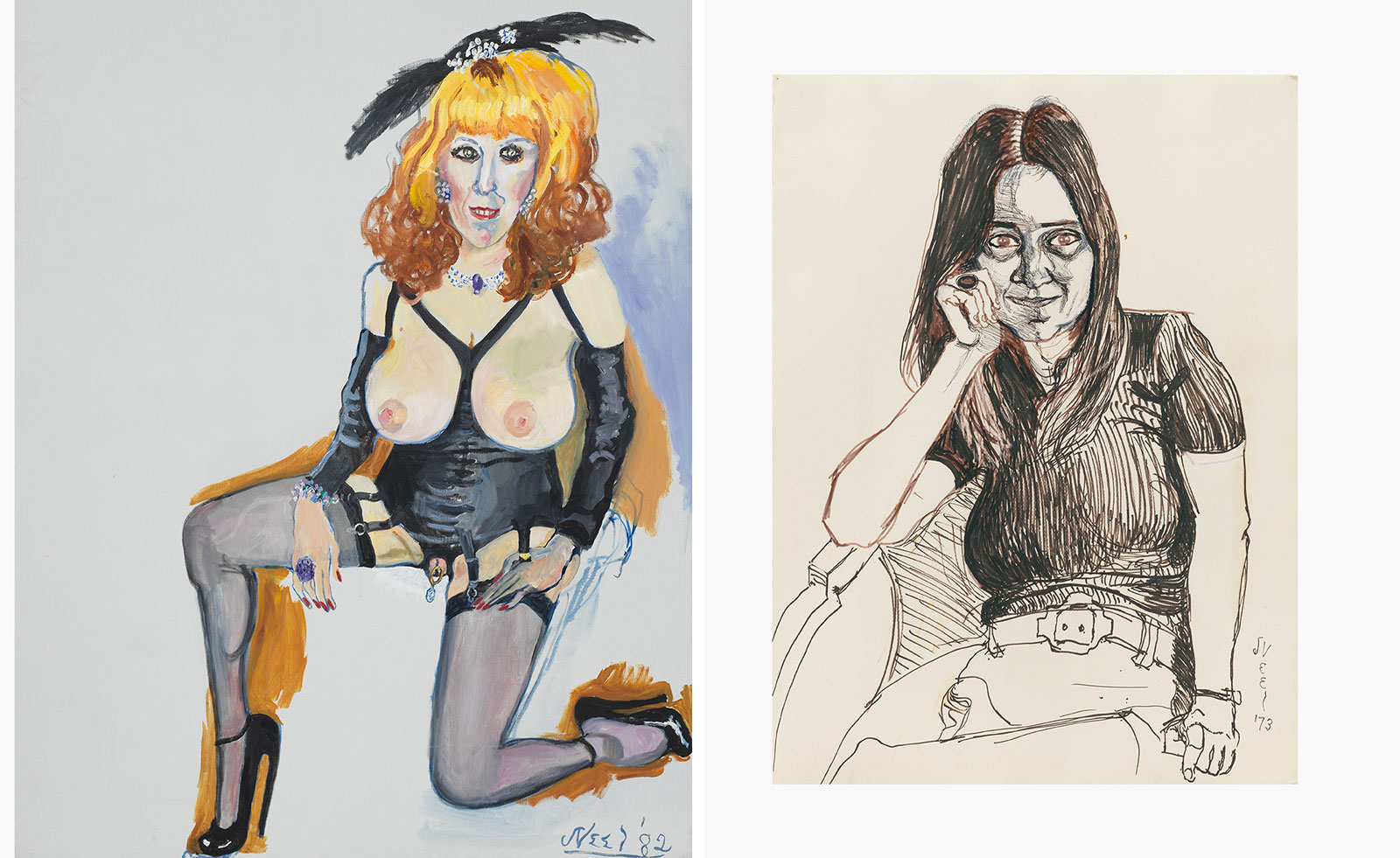 Alice Neel’s portraits celebrating the queer world are exhibited in London
Alice Neel’s portraits celebrating the queer world are exhibited in London‘At Home: Alice Neel in the Queer World’, curated by Hilton Als, opens at Victoria Miro, London
By Hannah Silver
-
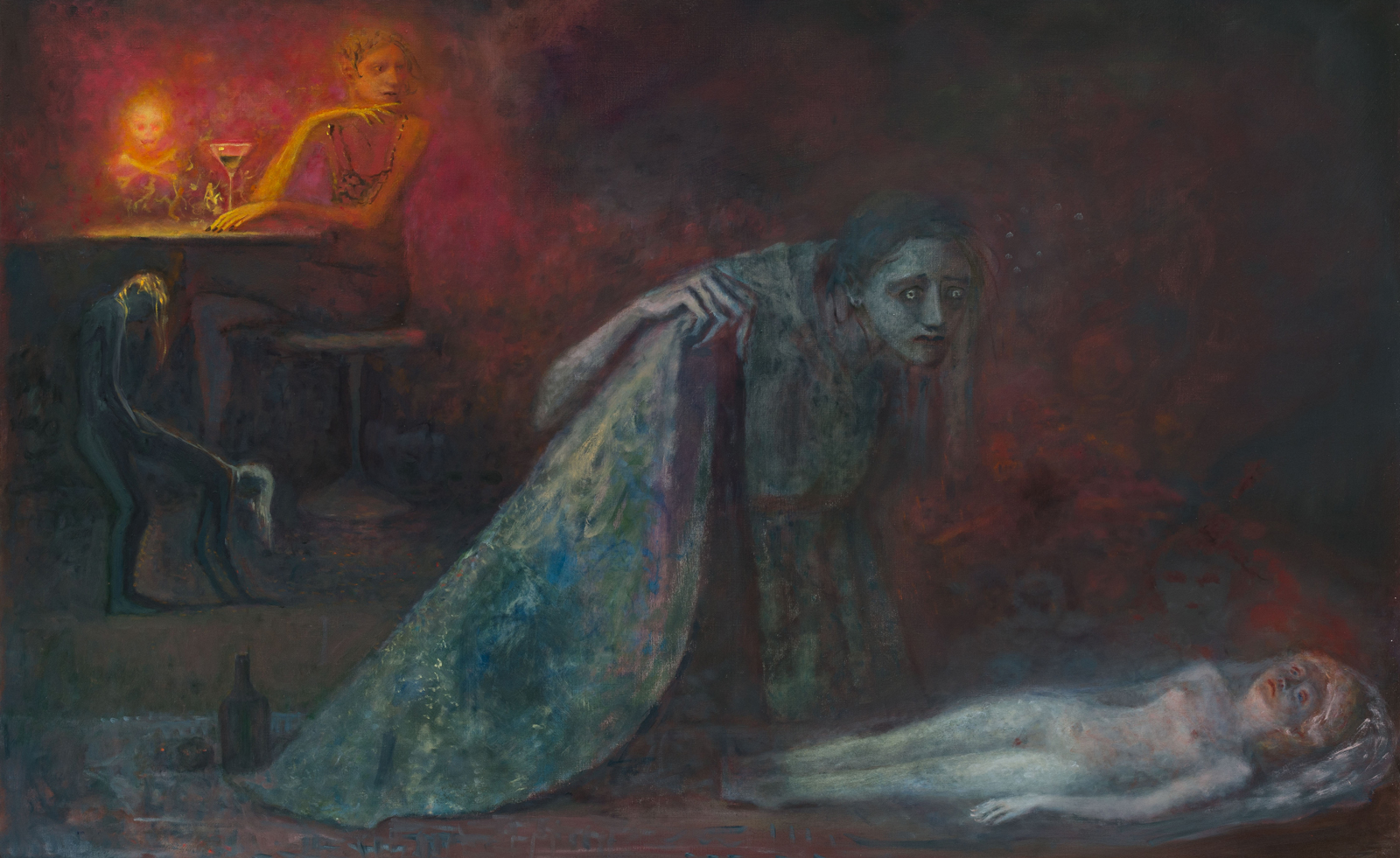 ‘You have to face death to feel alive’: Dark fairytales come to life in London exhibition
‘You have to face death to feel alive’: Dark fairytales come to life in London exhibitionDaniel Malarkey, the curator of ‘Last Night I Dreamt of Manderley’ at London’s Alison Jacques gallery, celebrates the fantastical
By Phin Jennings
-
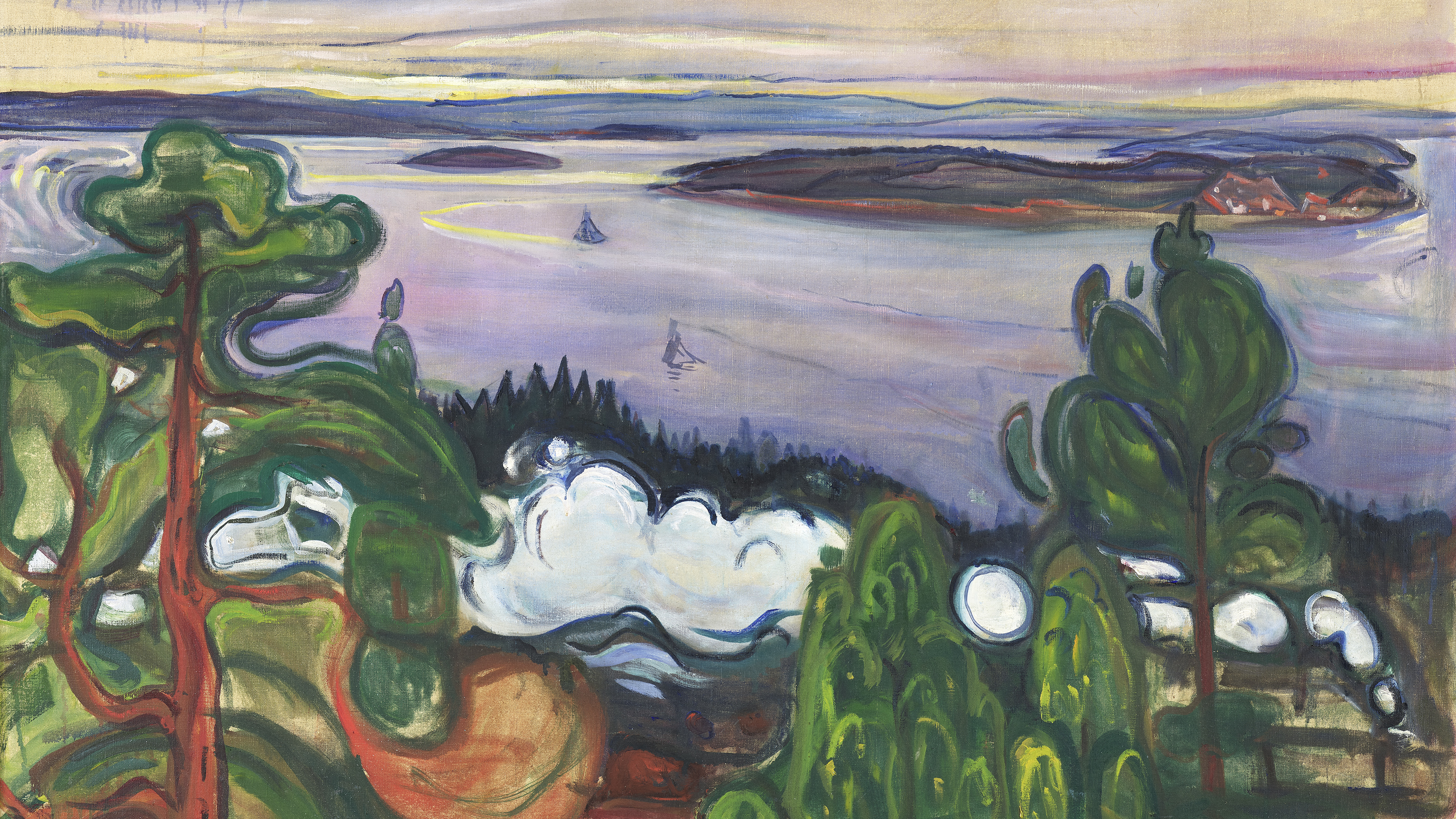 Switzerland’s best art exhibitions to see in 2025
Switzerland’s best art exhibitions to see in 2025Art fans, here’s your bucket list of the standout exhibitions to see in Switzerland in 2025, exploring compelling themes and diverse media
By Simon Mills
-
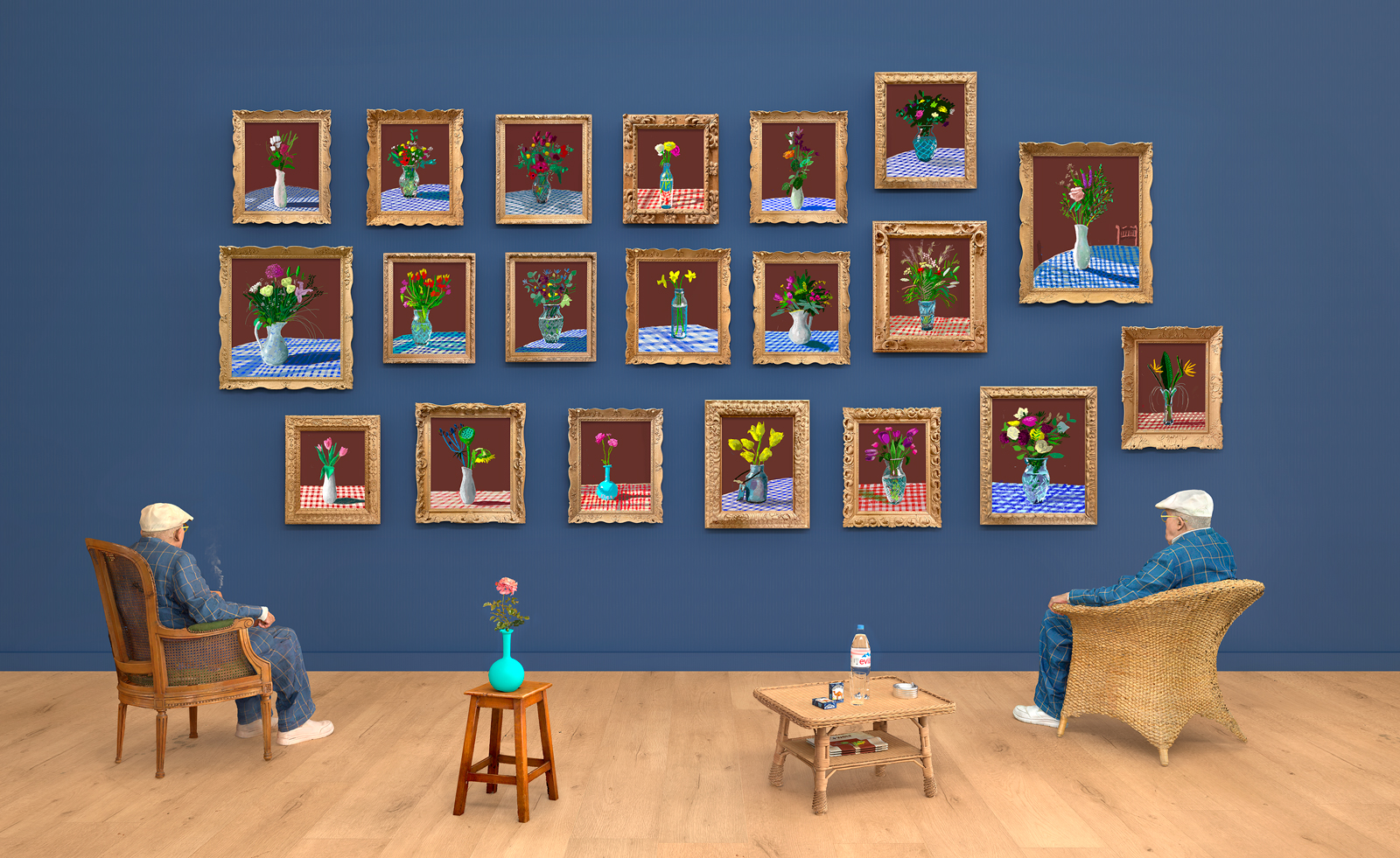 David Hockney plays with our perception of fine art in Palm Springs
David Hockney plays with our perception of fine art in Palm Springs'David Hockney: Perspective Should Be Reversed' is currently on show at the Palm Springs Art Museum
By Hunter Drohojowska-Philp
-
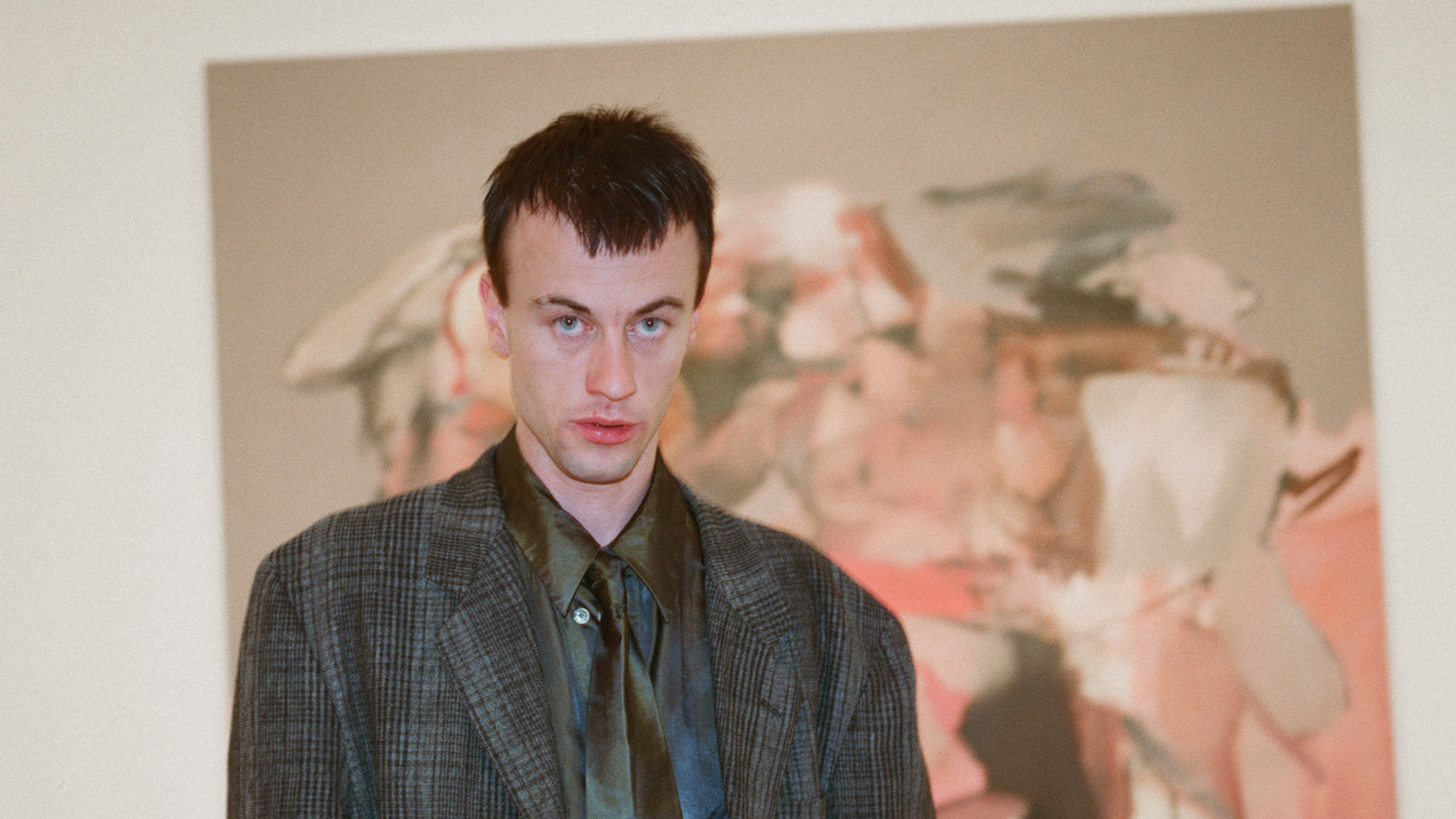 Inside the distorted world of artist George Rouy
Inside the distorted world of artist George RouyFrequently drawing comparisons with Francis Bacon, painter George Rouy is gaining peer points for his use of classic techniques to distort the human form
By Hannah Silver
-
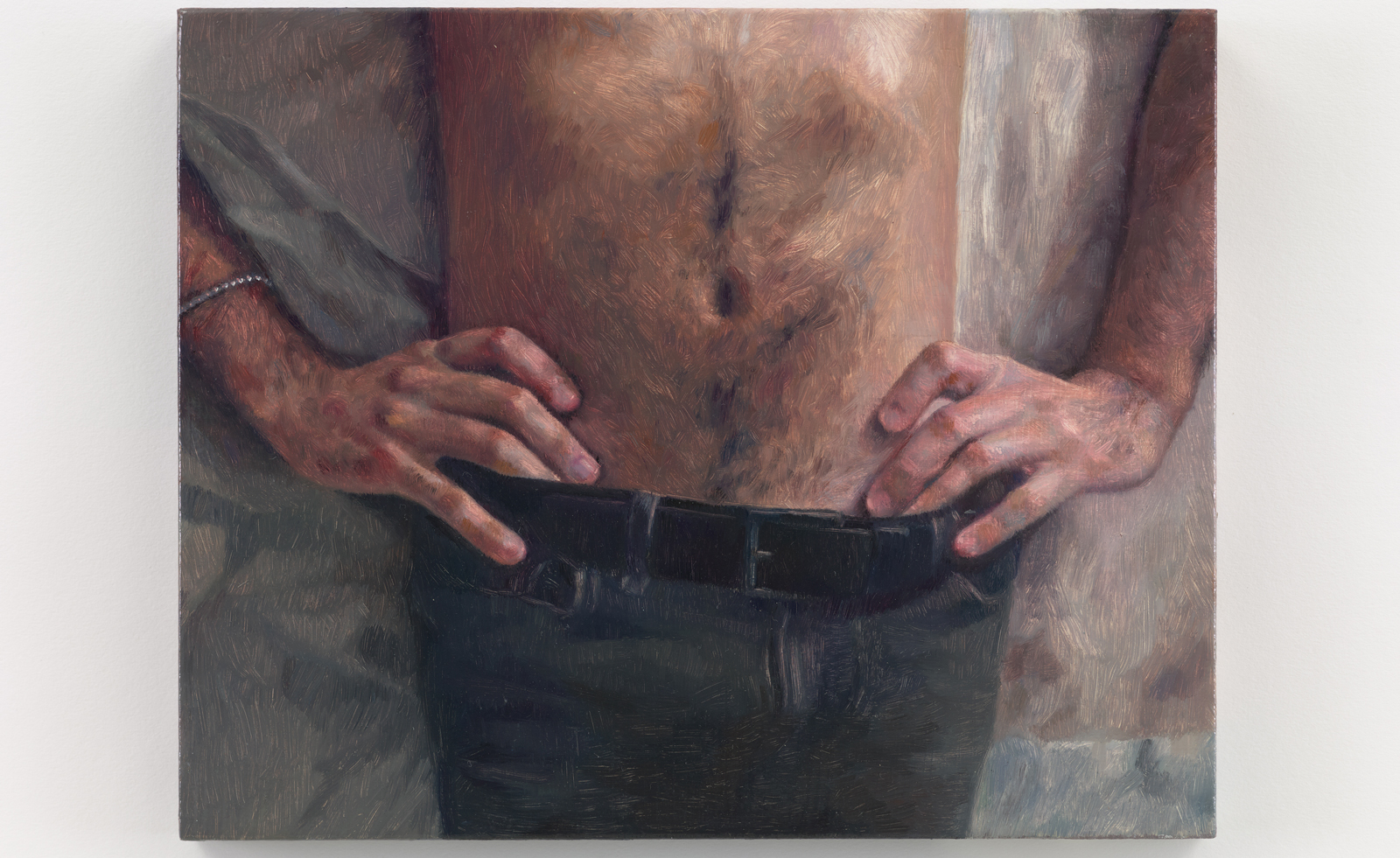 Love, melancholy and domesticity: Anna Calleja is a painter to watch
Love, melancholy and domesticity: Anna Calleja is a painter to watchAnna Calleja explores everyday themes in her exhibition, ‘One Fine Day in the Middle of the Night’, at Sim Smith, London
By Emily Steer